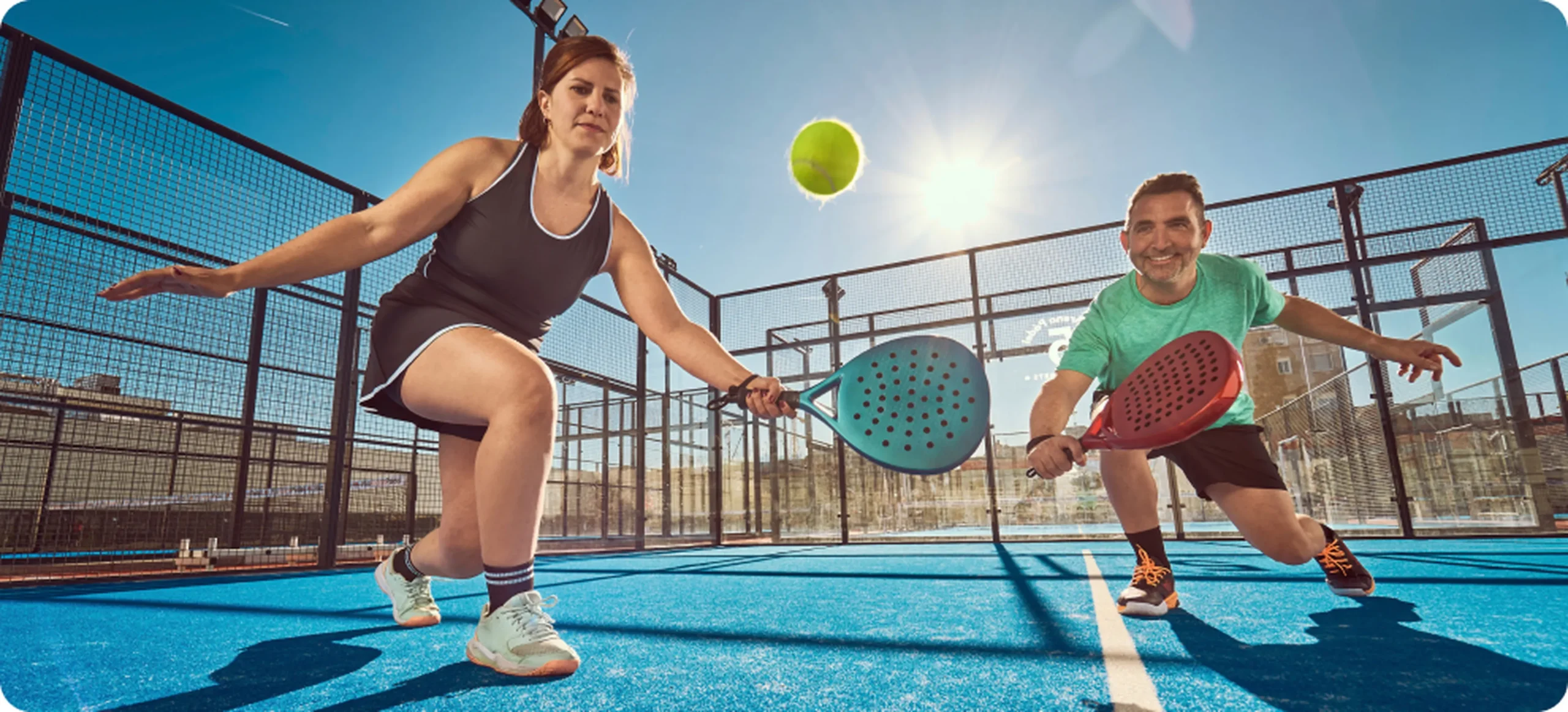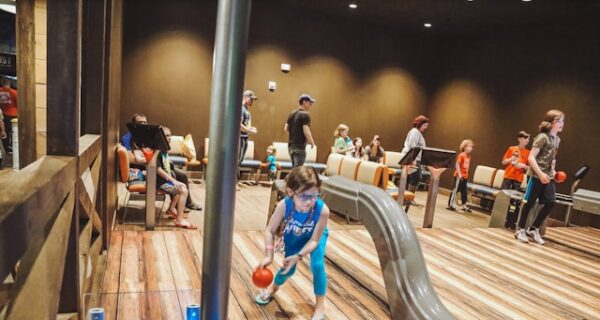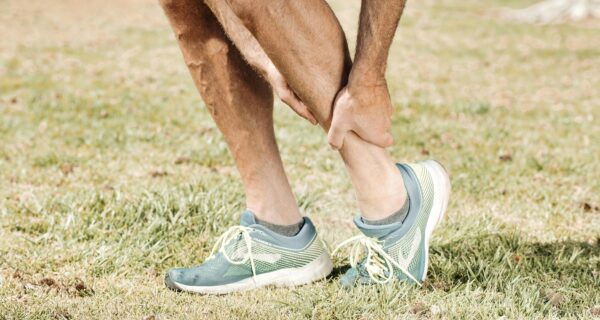In recent years, one sport has quietly taken over courts across Europe and is now making a name for itself in the UK. That sport is padel. A mix between tennis and squash, padel is fast and easy to learn, which explains why it has become one of the most talked-about games today.
Originally created in Mexico, padel grew in popularity after it spread to Spain, where it became a national obsession. Today, it is one of Spain’s most-played sports, second only to football.
From there, its popularity travelled across Europe and has now found a strong following in Britain. Whether you play regularly or are completely new to racket sports, it’s easy to see why everyone is falling in love with it.
What Is Padel?
Padel is often described as a mix of tennis and squash. It is played on a smaller court surrounded by glass and metal walls that players can use to bounce the ball, adding an exciting twist to the game.
The bats are solid, unlike tennis rackets, and the ball is similar to a tennis ball but with slightly less bounce.
Most games are played in doubles, which makes padel social and suitable for all ages. The scoring system is the same as tennis, but the rallies usually last longer because the ball stays in play after rebounding off the walls.
Why Padel Is So Popular
One reason for padel’s growing success is how easy it is to start playing. Beginners often find they can rally within minutes, even without previous experience. The smaller court means less running, and the forgiving nature of the walls keeps the game going for longer.
Padel’s friendly nature also makes it appealing. Most matches are played in pairs, allowing players to laugh and enjoy the competition together. The atmosphere is relaxed, and while it can be competitive, the focus is often on fun and connection rather than winning.
Another factor driving its popularity is accessibility. You don’t need expensive gear or years of practice to enjoy padel. All you need is a bat, a ball, and a court. With more facilities opening across the UK every month, trying it has never been easier.
Spain’s Lasting Influence
The rise of padel in Spain played a huge role in spreading it across Europe. The sport took off there in the 1990s and quickly became part of everyday life. Spain now has thousands of clubs and professional tournaments that attract players from around the world.
Many of the world’s best padel players are Spanish, which has helped raise the sport’s profile internationally. British tourists who tried it on holiday often returned home keen to play again, and this enthusiasm has helped fuel its growth in the UK. British clubs are now following Spain’s lead by creating welcoming venues focused on both play and community.
Padel’s Rapid Growth in the UK
Padel’s growth in Britain has been fast and impressive. According to the Lawn Tennis Association, the number of courts across the UK has multiplied in recent years, and new facilities continue to appear in cities and towns nationwide.
London and Manchester now have busy padel communities, while smaller towns are starting to join in too.
Famous athletes and celebrities have also helped raise its profile. Footballers and TV personalities have been seen playing padel, sparking curiosity among fans. As more people discover the game, demand for courts and lessons continues to increase.
Fitness and Health Benefits
Padel is more than a fun pastime; it is also a great form of exercise. The sport improves coordination, balance, and agility while providing a full-body workout. Because of the smaller court and slower pace, players move constantly but avoid the extreme strain of more intense sports.
The social side of padel also supports mental well-being. Playing with friends reduces stress and boosts mood, making it a perfect choice for people who want to stay active while enjoying good company.
The rallies keep you focused, and the short bursts of action give you an effective workout without feeling like a chore.
Unlike tennis, padel is gentler on the joints because of the softer ball and smaller playing area. This makes it accessible for older players or anyone recovering from injuries who still want to stay fit.
Building Community Through Sport
Padel’s social appeal might be its strongest feature. Because it’s mainly played in doubles, it naturally encourages teamwork and conversation. Clubs often host tournaments and social events that help players connect.
Many people who join padel clubs say they enjoy the community as much as the game itself. For those new to an area, it’s an easy way to meet others and feel part of a friendly group. The mix of fitness and friendship makes padel stand out from more solitary sports.
Final Thoughts
Padel’s journey from Spain to the UK is a story of fun, fitness, and connection. What started as a simple idea has become a global movement that continues to grow every day.
It combines the best elements of tennis and squash but adds a welcoming, social twist that makes it stand out. Whether you play for exercise or just to unwind after work, padel offers something for everyone. Its easy rules and friendly atmosphere make it hard not to enjoy.
Its rising profile has even seen it mentioned in wider lifestyle discussions, the same way topics like lotto slots sometimes appear when people talk about popular leisure trends. Padel fits naturally into this space as a modern, accessible way to stay active and social.












